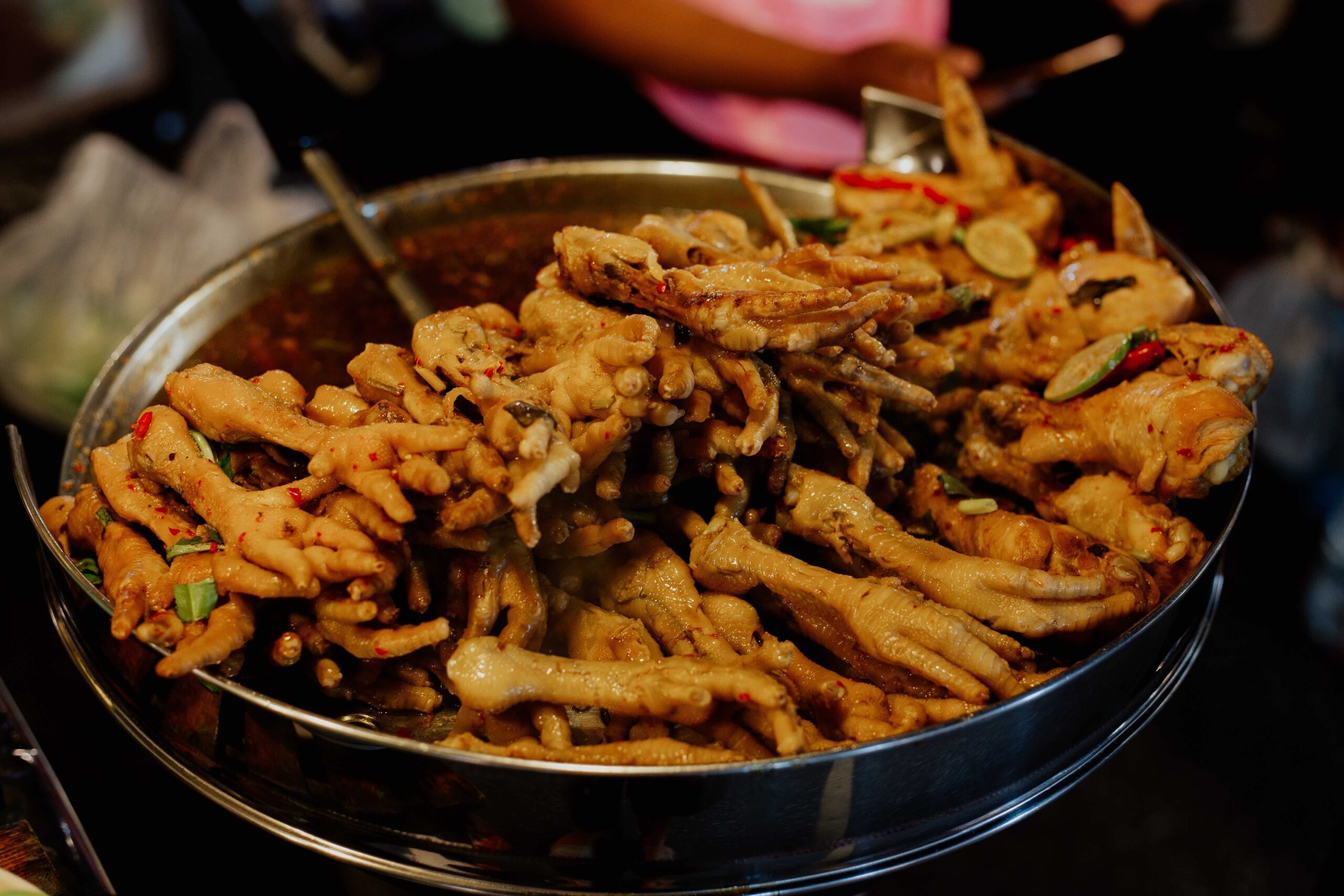As the 2023 hay season comes to an end for much of the South, the last cuttings are being baled and balers are being parked for the year. Loader tractors will have some rest before it’s time to start feeding out hay. In some parts of the South, feeding has been going on for some weeks and drought stopped hay production. When purchasing hay here are some questions to consider: How much hay do I need to make it through the winter? How much can I spend on hay? These questions can be answered by planning. Working through a budget for the operation will show the potential cost incurred by various situations, whether it is a change in cost or a change in the amount needed.
Hay Quantity.
Hay is measured primarily by two methods: by the bale or by the ton. Most commonly hay marketing occurs by the bale. When planning on hay needs for the winter or working through a budget, focus on the tonnage required. Accounting for hay needs by the ton will allow for pricing comparison across various bale sizes, assuming constant moisture levels. Table 1 provides a standard bale weight estimate based on bale size. Using tons as a measurement will allow for livestock consumption based on pounds consumed per day. This method does require some pencil work but will provide more efficient use of hay resources.

Hay Quality:
Here is the most common hay quality test: “It’s got good color and smells good, must be good.” While I’m not going to disagree with long-standing tradition, there is value in the marginal investment of requesting fertilization records/soil sample data, herbicide records, and a forage sample. Is this worth the trouble? It will depend on the willingness to minimize risk.
Fertilization and soil sampling records will illustrate that the forage grown had fertility management applied correctly. The presence of weed load in hay can be a problem. To safeguard against this, herbicide records will show that unwanted seeds/plant matter were managed. A forage sample provides the best picture of the quality of the purchased hay. The sample results will also provide insight into additional nutritional requirements. Knowing the quality can also help fine-tune feeding to meet the nutritional needs of the cows.
In closing, feeding livestock during low/no grazing periods adds to the cost of the operation. More information can allow for the efficient use of operation dollars and decreased cost in herd health/losses. Lastly, to give some “cud to chew on,” consider the choices typically made when purchasing a commodity blend supplement feed. Would you purchase a load of commodity blend feed based on a guess of how much it weighs? Or would you request a weigh ticket to verify amount purchased? How about the quality of the feed? It helps to know what the nutritional value is to make the best decision. All of this takes extra work; however, management of input cost is a great tool to ensure profit potential.









